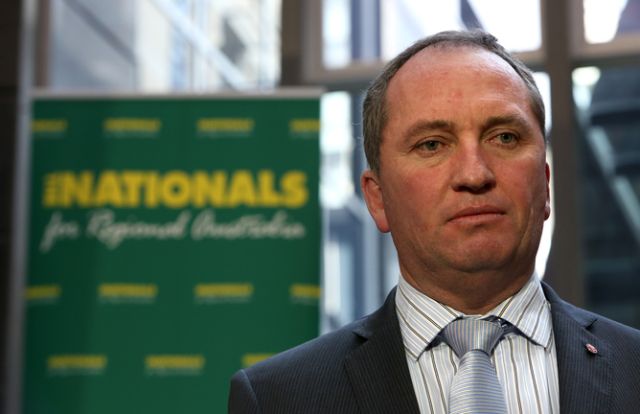
The land around Gwabegar, in north-western NSW, is not known for its fertile soil. Locals call it “mongrel” or “heartbreak” country.
Fairfax Media quoted a farmer from nearby saying: “This is scalded country. It could not support the number of animals that would be needed to make a return on investment.”
If the Pilliga scrub is not much good for farming, why did Barnaby Joyce, the National Party Senator now standing for the seat of New England, and his wife Natalie pay $572,000 for two blocks of land there in the space of 18 months between 2006 and 2008?
Following the first purchase, Joyce told The Age that he was going to experiment with wheat farming. The experiment does not seem to have come to much as the land is now up for sale.
What it might be worth remains to be seen, but there is something underground in the Pilliga that could turn a decent profit while destroying it — coal seam gas (CSG).
Mining company Eastern Star Gas spent $50 million between 2001 and 2005 exploring the Pilliga. By this time, the company was feeding into the NSW northern electricity grid through its Wilga Park CSG-fired power station in Narrabri.
In its 2007 statement to the Australian Securities Exchange, the company said it had conducted one of the largest fracking programs in Australia, drilling nine wells that fractured the coal seam to access the gas. Joyce’s property is inside the Petroleum Exploration Licence areas that Eastern Star owned.
In late 2011, Eastern Star Gas was bought by giant gas company Santos for a reported $739 million. John Anderson, former deputy prime minister and leader of the Nationals, was appointed chairman of Eastern Star Gas in 2007 while still an MP.
Anderson is a close friend of Joyce and was his campaign manager in New England. Despite their long friendship, and the fact that Joyce’s second land purchase occurred after Anderson had become chairman of Eastern Star Gas, Joyce says he had “no knowledge at all” that the Pilliga would be at the forefront of CSG exploration.
The Pilliga is Australia’s largest inland forest, a wilderness with more than half a million hectares of cypress pine. Campaign group Stop Pilliga CSG has been battling to save this spot of rare beauty and wonder.
If Joyce becomes part of a coalition cabinet that makes life easier for CSG miners, Stop Pilliga CSG activists will be among the many in the New England electorate keen to know just why Joyce bought the Gwabegar property.
As one local said, “It is a strange buy, put it that way.”